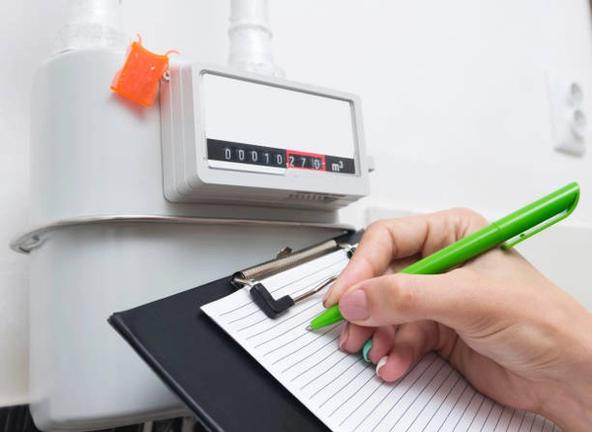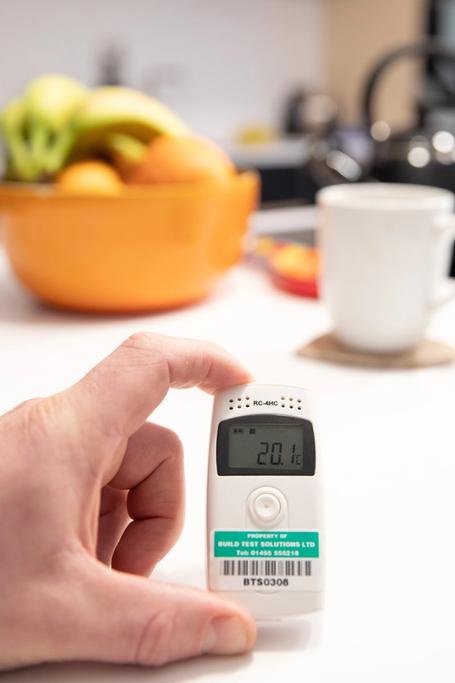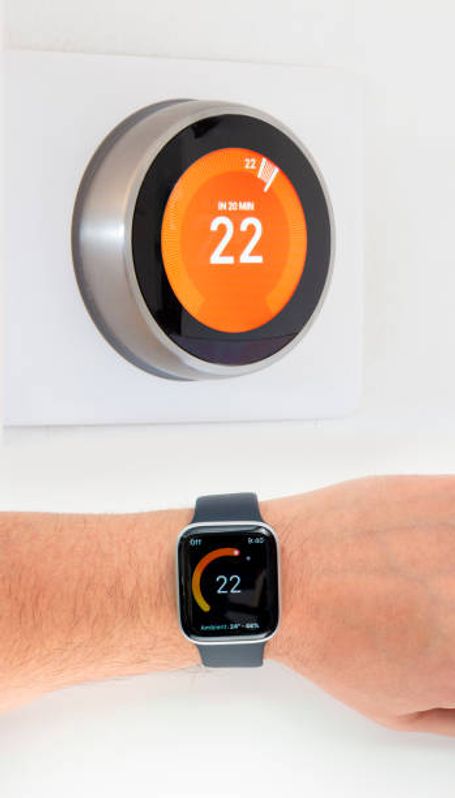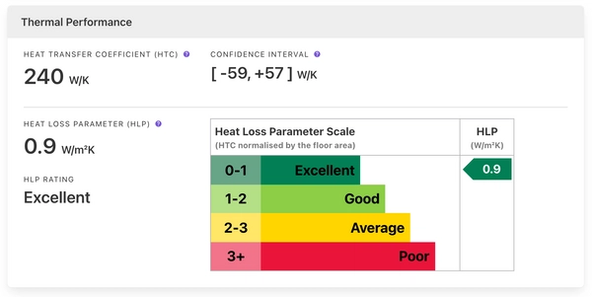One or more discreet temperature sensors are temporarily placed around the house to measure the internal temperature and humidity over a 3-week period. Up to 10 temperatures sensors are supported to cover houses of all sizes.
Where smart thermostats are already installed in the property, it may be possible to retrieve the temperature data directly from the device.
Because the measurement is of the heat loss rate from the property, there must be heat loss to measure. For that reason, there must be a mean daily internal-external temperature difference of at least 7oC, so that the measurement must be carried out during a heating season.





